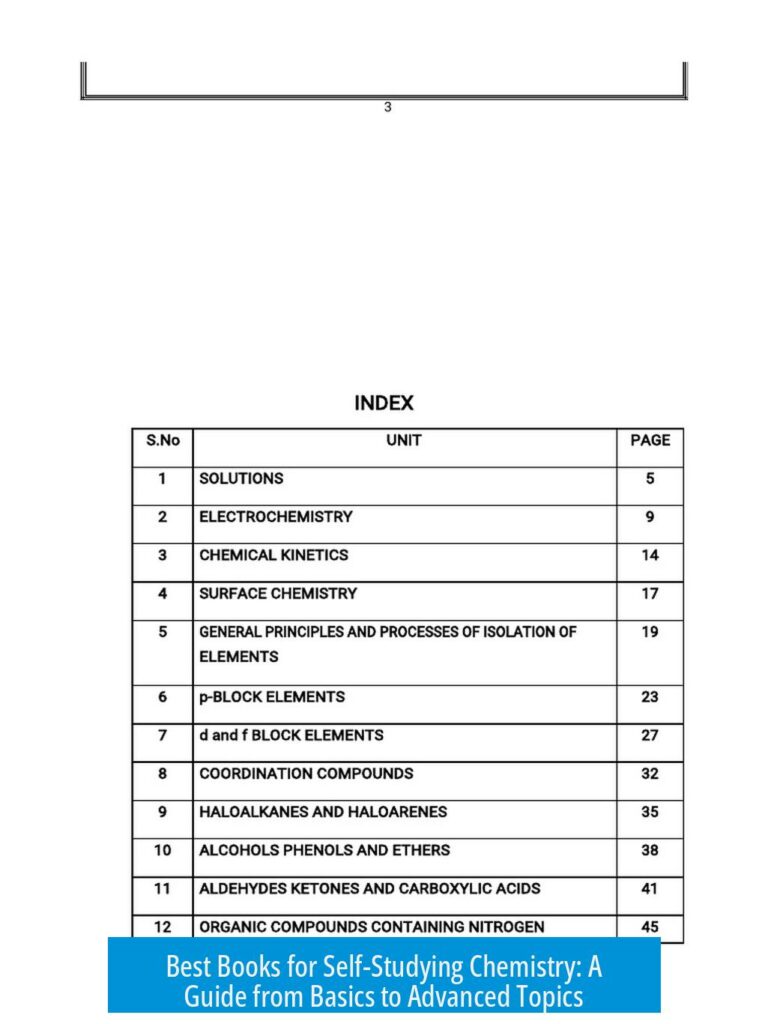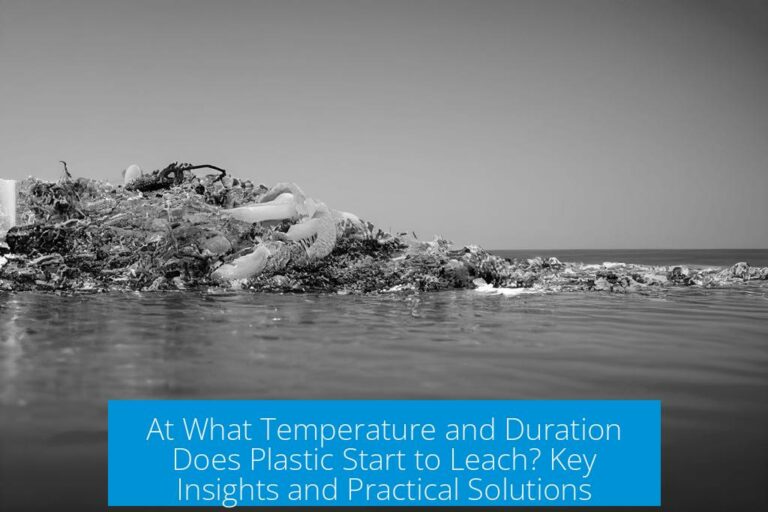When Is Silicone Caulking Considered Safe to Breathe In? Understanding Prop 65 Warnings
![]()
Silicone caulking is considered safe to breathe in after it has fully cured, as the primary risks—such as irritation from acetic acid or methanol off-gassing—are temporary and generally minor. Prop 65 warnings on silicone caulking products do not necessarily indicate a significant health hazard related to breathing the product.
Understanding Silicone Caulking Components and Breathing Safety
Silicone caulking consists mainly of silicone resin mixed with fillers like silicon dioxide and titanium dioxide. These fillers, when inhaled as dust, can pose risks. However, within caulk, these solids are bound in resin, minimizing dust exposure considerably.
The Safety Data Sheets (SDS) for these products typically reveal no hazardous volatile solvents or amines. This reduces inhalation risks since the material does not release toxic fumes under normal usage.
What Happens When Silicone Caulk Cures?
- During curing, silicone caulk releases acetic acid vapor, which smells like vinegar.
- This vapor can irritate mucous membranes if inhaled for prolonged periods at high concentrations.
- The curing process may also release small amounts of methanol, though this rarely appears on SDS documentation.
- Exposure to these vapors at normal ventilation levels is not associated with lasting harm.
Typically, off-gassing from silicone caulk subsides within a few days. After this period, the caulk is inert and does not release further fumes that present inhalation hazards.
Is Protective Equipment Required?
![]()
Wearing an N95 mask or similar protective gear during application is optional. It offers an extra level of precaution but is unnecessary when working in well-ventilated environments. Once the silicone sets, risks related to airborne particles or vapors essentially vanish.
Exposure Duration and Risk Levels
Health risks are associated mainly with repeated, long-term exposure to airborne particles or vapors. Short-term exposure during application or initial curing generally poses minimal risk.
When compared to other common indoor air pollutants—such as burning candles—silicone caulk emissions per unit time are less concerning. This context helps assess relative risk levels realistically.
Decoding Proposition 65 Warnings on Silicone Caulking
What Is Prop 65?
![]()
California’s Proposition 65 requires businesses to notify consumers if products contain chemicals known to cause cancer, birth defects, or other reproductive harm. The list now includes over 900 chemicals. The warning intends to prompt manufacturers to reformulate dangerous products.
However, many manufacturers choose to apply Prop 65 warning labels as a legal safeguard rather than making formula changes. The warnings have become widespread and often do not signify serious actual risk under normal use.
Why Are Prop 65 Warnings on Silicone Caulk Often Misleading?
- Many everyday items carry Prop 65 warnings because the law applies broadly.
- Silicone caulking warnings usually result from trace chemicals detected below harmful exposure thresholds.
- The presence of a warning alone does not confirm that the caulk poses a real inhalation hazard.
- Consumers should not rely solely on these warnings but review the SDS and product information for actual danger assessment.
A Regulatory Chemist’s Viewpoint
Experts in regulatory chemistry often note that the broad scope of Prop 65 dilutes its practical usefulness. Over-warning creates public desensitization and confusion.
The best approach is to consult detailed product safety data. Valid concerns will be clearly indicated in SDS sections dealing with inhalation hazards, protective measures, and exposure limits.
Case Study: DAP Alex Plus Silicone Caulk
![]()
Consider the DAP Alex Plus silicone caulk, a popular product with an available SDS. The SDS shows no significant inhalation hazards beyond those common to all silicone caulks, such as minor irritant vapors during curing.
This product contains no solvents or amines recognized as toxic vapors. Its Prop 65 warning stems primarily from trace substances rather than any pronounced risk. Users can apply the caulk safely with typical precautions and ventilation.
Tips for Safe Usage
- Apply silicone caulk in well-ventilated areas.
- Consider using a dust mask (N95) during application if sensitive or cautious.
- Avoid prolonged exposure to strong vinegar-like odors from curing caulk.
- Allow sufficient curing time before occupying treated spaces.
- Keep rooms ventilated for a few days to dissipate residual vapors.
Summary of Silicone Caulking Safety and Prop 65 Warnings
| Aspect | Details |
|---|---|
| Inhalation Hazards During Application | Acetic acid and methanol vapors cause minor irritation; dust exposure minimal. |
| Post-Cure Safety | Caulk is inert and emits no harmful vapors; safe to breathe. |
| Use of Masks | Optional; N95 masks can reduce irritation risk during application. |
| Prop 65 Warning | Common and often not indicative of real risk; based on trace chemicals. |
| Long-Term Risks | Negligible with typical exposure; risks mainly from prolonged heavy inhalation. |
Key Takeaways
![]()
- Silicone caulking is safe to breathe after curing; initial vapors might irritate but do not cause lasting harm.
- Dust inhalation risk from fillers is negligible due to their encapsulation in silicone resin.
- Protective equipment is optional, mainly for comfort or in poorly ventilated areas.
- Prop 65 warnings on silicone caulk are abundant but generally overstate actual risks.
- Always consult the SDS for specific product hazards rather than relying solely on Prop 65 labels.
- Good ventilation during and after application minimizes exposure to curing vapors.
When is Silicone Caulking Considered Safe to Breathe In? Understanding Prop 65 Warnings for Birth Defects
Silicone caulking becomes safe to breathe in primarily after it fully cures, with only minor and temporary irritation risk during the curing phase due to off-gassing of acetic acid and methanol. The infamous Prop 65 warnings for birth defects often seen on these products are broadly applied and don’t necessarily mean the caulk is dangerous under normal use.
Let’s unpack this carefully, so you can breathe a little easier when using silicone caulk in your home or project.
The Safety Scoop on Breathing Silicone Caulking
Silicone caulk is a go-to sealant for many because it adheres well and remains flexible over time. But what about the fumes? When fresh, silicone caulking does release some chemicals as it cures, but are they harmful? The main byproducts here are acetic acid—which smells like vinegar—and methanol, both produced during the polymerization reaction when the caulk is setting.
Here’s a secret from the safety data sheets (SDS): the only highlighted hazards are silicon dioxide and titanium dioxide. These sound scary but are solid particles and part of the resin matrix; they don’t become airborne dust when the caulk is applied. So, don’t expect clouds of tiny particles flying around.
Inhaling acetic acid fumes can stir up some nasal or airway irritation, but only if you’re breathing them in heavy concentrations for prolonged stretches. The discomfort is mostly short-lived and doesn’t translate into long-term health issues. Methanol off-gassing also occurs in tiny amounts, again not at dangerous levels outdoors or in ventilated rooms.
If you’re like many, wearing an N95 mask during application is a reasonable precaution—mostly for peace of mind rather than necessity. Post-curing? The risk dramatically drops to near zero. You can even rest easy sleeping in a room where silicone caulk was recently applied.
Prop 65 Warnings: What They Really Mean for Silicone Caulk
Ah, Prop 65. It’s California’s bold initiative requiring manufacturers to label products containing chemicals linked to cancer or reproductive harm. However, the warning feels more like a catch-all sometimes. In fact, nearly every household item could have one slapped on it. If you’re staring at a silicone caulk tube with the dreaded Prop 65 warning, don’t jump to conclusions.
This warning system aims to push manufacturers to reformulate products to keep harmful chemicals out. But the reality? It’s often cheaper and easier for companies to just slap on a warning label than to go through costly testing or reformulation. The result: labels everywhere, a little like crying wolf.
From the viewpoint of a former regulatory chemist (imagine lab coat and a dash of skepticism), Prop 65 stickers don’t always give the full story. They don’t measure risk directly or frequency of exposure—just presence of listed chemicals. For silicone caulk, this means the warning is more of a legal safeguard than a signal you should panic.
My Experience with DAP Alex Plus Silicone Caulk
Consider the popular DAP Alex Plus Silicone Caulk. I used this recently and, full disclosure, was nervous about the smell after applying it. The vinegar-like odor hung around for a couple of days but fizzled quickly. No headaches, no persistent irritation, and I definitely slept in the room without any issues.
The DAP SDS confirms minimal inhalation hazards. If you stay in a well-ventilated area during application, it’s as safe as painting walls or even burning typical scented candles, which ironically emit more carcinogens than the curing silicone fumes in most cases.
Tips for Using Silicone Caulking Safely at Home
- Ventilate the Area: Open windows or use a fan to dissipate smells during and after application.
- Wear a Mask for Comfort: An N95 respirator can ease anxiety on those first few hours of curing.
- Keep Pets and Kids Away: Just to be safe, don’t let them linger around fresh caulk.
- Let the Caulk Cure Fully: This usually takes a few days, after which the off-gassing stops and breathing in the room becomes safe.
- Read SDS Documents: They provide the real science behind product safety, not just the warning labels.
Is There a Long-Term Risk from Silicone Caulk?
Short answer: No. The SDS shows no significant long-term inhalation risks. Repeated, prolonged exposure over years is different, but typical home or construction uses don’t fall into that category.
Are you one for ultra-harm-reduction? If you burn candles or use other household chemicals, silicone caulk’s risk profile is milder or on par with those everyday exposures.
Wrapping It Up: Breathe Easy with Confidence
When you’re sealing gaps or waterproofing kitchens and bathrooms with silicone caulk, the above facts hopefully ease your mind. The temporary vinegar smell during curing might be annoying, but it’s not a toxic cloud waiting to strike. The warnings on the product? More legal caution than health hazard.
Next time you see “Prop 65” stamped on that tube, remember: it’s often a broad brush, not a sharp arrow. Trust the SDS, ventilate your workspace, and use a mask if it makes you feel better. Silicone caulking is a handy, generally safe product when handled with common-sense precautions—the kind your grandma probably used without worrying.
When is it safe to breathe around silicone caulking?
After the silicone cures, it is generally safe to breathe. The main irritants, like acetic acid and methanol, are only present during curing and mostly cause minor irritation. Long-term inhalation risks are not evident.
Does silicone caulking release harmful dust when applied?
No. Silicon dioxide and titanium dioxide are hazardous as dusts, but in caulking, these components are bound in the resin. This means inhaling dangerous dust is not a concern during normal use.
Why does silicone caulking have a Prop 65 warning if it’s safe to use?
Prop 65 warnings appear on many products, even those posing minimal risk. The law requires warnings for certain substances, leading manufacturers to add stickers broadly. These warnings often do not reflect the actual hazard for silicone caulk.
Should I wear a mask when applying silicone caulk?
Wearing an N95 or similar mask is optional and can ease personal worry. It is not required, as the inhalation risk after curing is very low and there are no strong solvent vapors involved.
How long does the off-gassing from silicone caulking last?
Off-gassing typically lasts for a few days as the caulk cures. The smell comes from acetic acid and methanol byproducts. Though it may irritate nasal passages briefly, it does not pose significant health risks at normal levels.





Leave a Comment